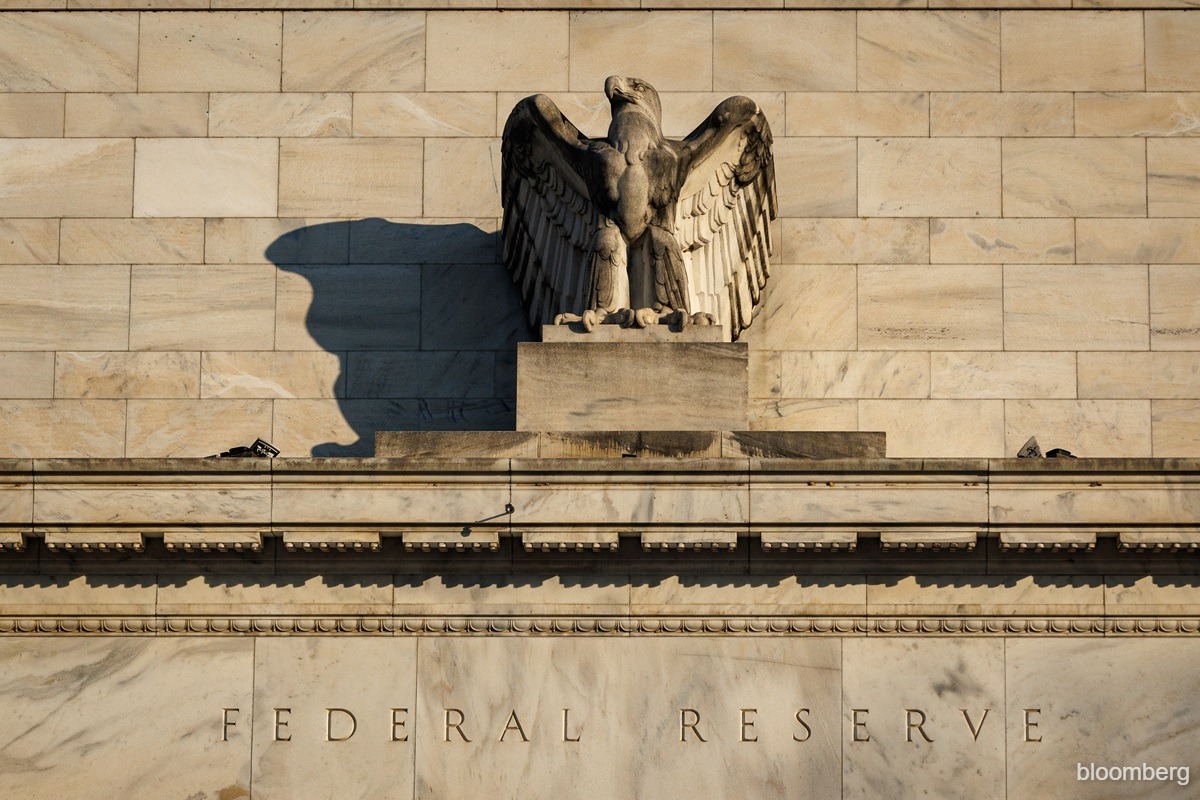(Oct 24): The US banking system’s reserves, a key factor in the US Federal Reserve’s decision to keep shrinking its balance sheet, tumbled for the second straight week further below US$3 trillion, just as the central bank is set to determine the path for its balance sheet.
Bank reserves fell by about US$59 billion (RM249.3 billion) to US$2.93 trillion in the week through Oct 22, according to Fed data released on Thursday. That’s the lowest level since the week ended Jan 1.
The drop comes as the Treasury has ramped up debt issuance to rebuild its cash balance following the increase in the debt ceiling in July. That drains liquidity from other liabilities on the Fed’s ledger, like the central bank’s overnight reverse repurchase agreement (RRP) facility and bank reserves.
Now, with the so-called RRP nearly empty, commercial bank reserves parked with the Fed have been dropping.
The shifts in cash affect the day-to-day operations in the financial system as the Fed continues unwinding its balance sheet, a process known as quantitative tightening or QT. As QT may exacerbate liquidity constraints and lead to market turbulence, the Fed earlier this year slowed the pace by reducing the amount of bond holdings it lets roll off every month.
Fed officials are widely expected to address the fate of the balance-sheet when they meet next week in Washington. A reduction in policy rates to 3.75%–4% is seen as likely, though Wall Street is less certain about when policymakers will pull the plug on QT — another tool the Fed uses to influence interest rates. Strategists at JPMorgan Chase & Co and Bank of America Corp expect the Fed to stop shrinking its roughly US$6.6 trillion balance sheet this month, bringing an end process designed to remove liquidity from financial markets, along with TD Securities and Wrightson ICAP.
Fed chair Jerome Powell said last week that the balance sheet runoff will stop when bank reserves are somewhat above the level policymakers judge to be consistent with “ample” — the minimum required to prevent market disruptions. In the strongest signal the Fed now considers that level to be close, he said the central bank may approach that point “in coming months”.
Money market rates have continued to climb, even as more cash entered the front end this week, on account of the government-sponsored enterprises parked monthly principal and interest payments in repo before passing it on to holders of mortgaged-backed securities around the 25th day off the month. For strategists, these ongoing elevated rates on repurchase agreements and volatility signal that reserves are no longer abundant and the financial system is approaching scarcity.
Uploaded by Liza Shireen Koshy
